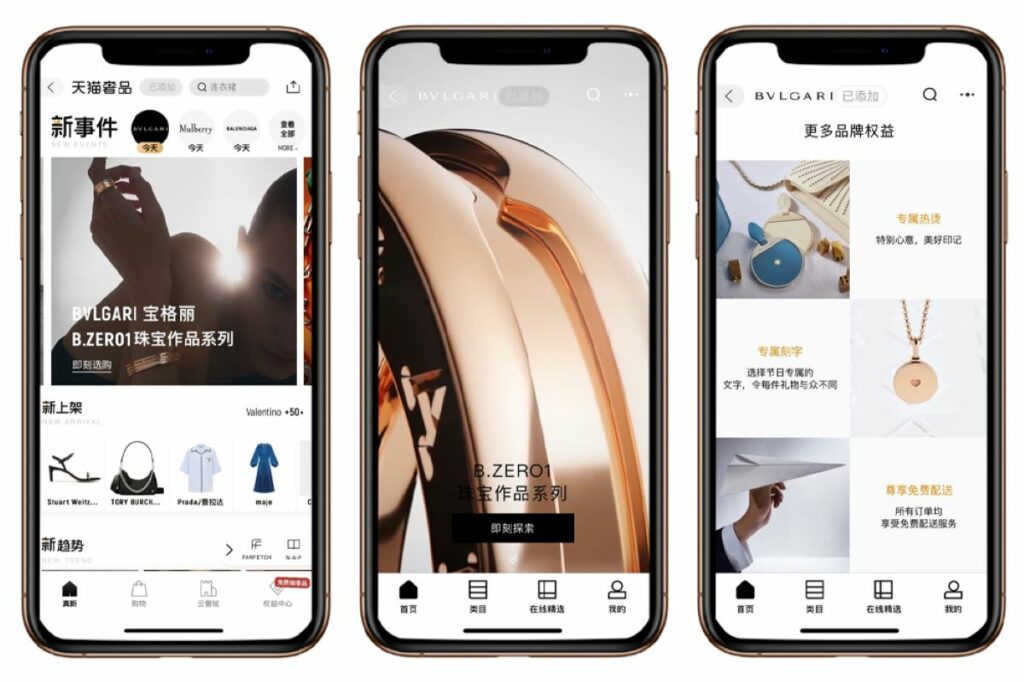today reader of cosmeticsChinaagency, we are going to analyze “rich Chinese Kids consumption, and opportunities for Brands, luxuy beauty brands specially.
Called the “little emperors”, children from China’s one-child era were often perceived as spoiled, not having to share attention or resources with siblings. Yet, beneath this label, lies a heavy burden of familial expectations.

The Weight of Hopes and Dreams in China
I know this firsthand. Being an only child meant bearing the entire weight of my parents’ aspirations. They had been denied normal schooling during the Cultural Revolution, and I was their beacon of hope to achieve what they could not. This pressure manifested in various ways – from excelling academically to fulfilling a successful career – all with the knowledge that I would solely bear the responsibility of caring for my aging parents. source
Legal Expectations and Realities
The expectation of looking after elders isn’t just cultural; it’s a legal obligation in places like China and Singapore. For many families, particularly those from the working class, this means either financially supporting parents or inviting them to move in. Consider the compounded responsibility for couples who are both only children: potentially caring for four aging parents. fun story

China Policy Shifts and Social Impact on consumption
China’s one-child policy, introduced in 1979, was aimed at curbing the population growth initiated by Chairman Mao Zedong, who previously encouraged large families. This policy was eventually replaced by a two-child policy in 2016 due to concerns over an aging population and shrinking workforce.
Despite this, China’s birth rate witnessed a decline, with a significant drop of 3.5% in 2017 alone. The impending ramifications of these policies mean that by 2035, China’s elderly population could touch a staggering 400 million.
The one-child policy dynamics
The one-child policy has had far-reaching implications, from the family structure to gender imbalances. The predominant “four grandparents, two parents, one child” dynamic was one side effect, while a skewed gender ratio favoring males was another.

Interestingly, the one-child policy had a silver lining: the inadvertent creation of a wealth concentration effect. With economic growth and wealth accumulation in China, only children became sole inheritors. For families where both parents are only children, and their offspring marry someone with a similar background, the next generation stands to inherit wealth from both sides, leading to increased financial liquidity among young families.
The Changing Family spending
Past generations in China typically lived close to their parents, bound by the country’s household registration system. But today, as Professor Babones from the University of Sydney points out, this is less common. The younger generation, buoyed by inherited wealth and new economic opportunities, is increasingly independent.
The Soon of the Star Angela Baby on Weibo…

China’s Young Luxury Consumers
China’s luxury market, comprising a whopping 35% of global luxury spending, is rapidly expanding. And guess what? Over half of this spending comes from Gen Z and Millennials. Their growing economic influence is impossible to ignore, especially as forecasts suggest Chinese millennials will constitute 40% of the luxury market by 2025. Let’s delve into the strategies luxury brands can employ to captivate this demographic.

The Landscape of Luxury in China
The essence of luxury is exclusivity, unparalleled quality, and exceptional craftsmanship. China’s modern luxury consumer, however, seeks more. They desire brands that encompass aesthetic value, innovative thinking, and a solid reputation.
Interestingly, in 2020, China trailed just behind the US in the luxury market – valued at €44bn to America’s €55bn. But the gap is narrowing each year. This shift is propelled by China’s 80 million Gen Zs, with most making their inaugural luxury buy after turning 20.
Decoding China’s Youth Luxury Shopper
Chinese Gen Z and millennials have transformed the luxury landscape. They’re tech-savvy, well-informed, and not particularly brand-committed. Their optimism, national pride, and preference for tailored experiences make them unique.
An impressive 51% of Chinese Gen Z desires brands that offer personalized products and services. Their shopping habits are influenced by e-commerce platforms like Tmall Luxury Pavilion, WeChat, Little Red Book, and Douyin, with spontaneous buys often spurred by digital influencers.

Strategies to Attract China’s Youth
- Consumer-Centric Approach: Move from brand-centric philosophies to those that prioritize the consumer. Unlike their elders, younger Chinese shoppers don’t just stick to familiar brands. They appreciate relevance and experiences, both digital and physical. Brands need to engage on popular platforms like WeChat, Douyin, Weibo, and Xiaohongshu. For instance, Weibo can be employed to narrate a brand’s story, while collaborations with Key Opinion Leaders (KOLs) on Tmall can spark impulse purchases.
- Speak Their Language: Marketing should be more than just transactional. Engaging in genuine two-way communication is the way to go. Understand their preferences, values, and the narratives behind brands. Authentic engagements with KOLs can elevate a brand’s image among young consumers.
The Power of ‘Localization’ in China
We insist … and insist … and insist localization is the secret sauce to resonating with young Chinese consumers. Leveraging cultural events, like Chinese festivals, provides brands a golden opportunity. A case in point is Loewe’s Chinese New Year campaign. By integrating ancient Chinese idioms and stories, they showcased deep cultural knowledge. Their follow-up in 2021 was a documentary that explored China’s rich craft traditions, a significant hit among consumers.
Read more
Final Thoughts of Cosmeticschinaagency
The luxury market in China is a competitive arena. Brands need to adapt to stay in the game. By understanding and resonating with the values of Chinese Gen Z and millennial consumers, luxury brands can continue to thrive in this ever-evolving marketplace.
Read more

